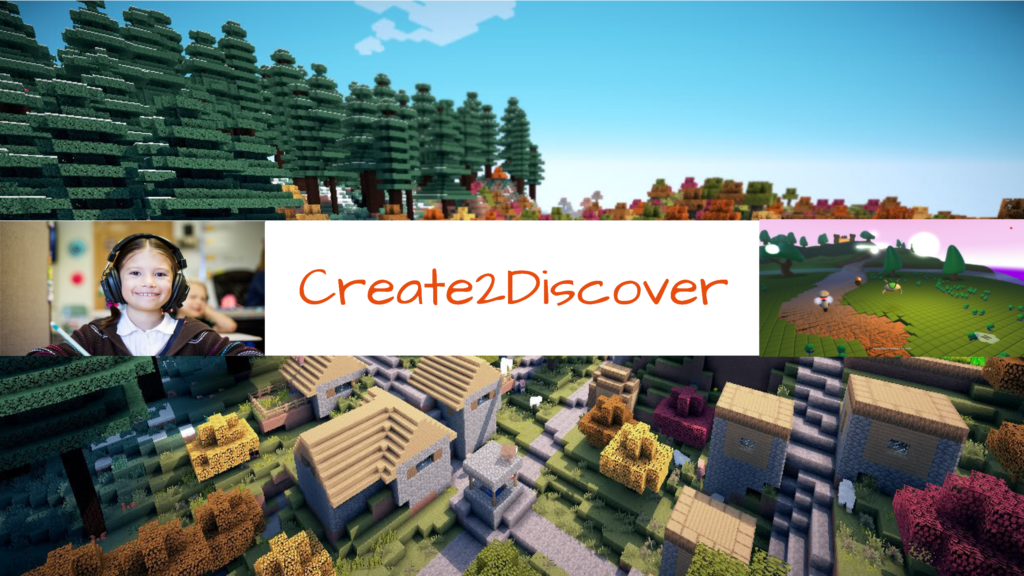
Creativity is one of the most important skills in today’s world. However, creativity doesn’t come naturally to all children. Fortunately, there are several things that parents can do to foster their child’s creativity.
One: Encourage and Support their Interests
One of the most important things parents can do to foster their child’s creativity is to encourage and support their interests. When children are allowed to explore and pursue their passions, they are more likely to develop creative skills and talents. This can be done in several ways, including:
- Providing resources: Parents can provide their children with access to resources that support their interests, such as books, art supplies, or music lessons.
- Praising their efforts: Parents should acknowledge and praise their children’s creative efforts, regardless of the outcome. This will help build their child’s self-confidence and encourage them to continue exploring their interests.
- Exposing them to new experiences: Parents can also expose their children to new experiences and opportunities that align with their interests. This could be visiting a museum or art exhibit, attending a concert or play, or trying a new hobby or activity.
Two: Encourage Creative Play
Another way parents can help their child develop their creative skills is by encouraging creative play. Play is essential for children’s development, and creative play can help stimulate their imagination and problem-solving skills. Some ways to encourage creative play include:
- Limiting screen time: Children who spend too much time watching TV or playing video games may have limited opportunities for creative play. Parents should limit their child’s passive screen time and encourage them to engage in other activities, such as playing with toys or exploring outside.
- Active screen time: If children are going to be on a screen, they should spend more time creating things like their own video games, websites, apps, etc..
- Providing open-ended toys: Toys that have multiple uses, such as building blocks or art supplies, can encourage children to engage in creative play. These toys allow children to use their imagination and develop their problem-solving skills.
- Allowing unstructured playtime: Children need unstructured playtime to develop their creativity. Parents should allow their children to play without specific instructions or goals, as this can encourage them to come up with their own ideas and solutions.
Three: Foster a Creative Environment
Finally, parents can help their child develop their creativity by fostering a creative environment at home. This can be done in several ways, including:
- Creating a designated creative space: Parents can create a designated space in the home for their child to engage in creative activities. This could be a corner of the room with art supplies or a small table for building blocks.
- Encouraging experimentation: Children need to feel safe to experiment and try new things. Parents should encourage their child to take risks and try new approaches to problem-solving.
- Being a role model: Parents can also foster creativity by being a role model. When parents engage in creative activities, such as drawing or writing, they demonstrate to their child the value of creativity.
Creativity is an essential skill for children to develop, and there are several things parents can do to foster their child’s creativity. By encouraging and supporting their interests, encouraging creative play, and fostering a creative environment, parents can help their child develop the creative skills they need to succeed in life.
Resources
- Amabile, T. M. (1996). Creativity in context: Update to the social psychology of creativity. Boulder, CO: Westview Press.
- Sawyer, R. K. (2011). Explaining creativity: The science of human innovation. Oxford University Press.
- National Association for the Education of Young Children (NAEYC). (2012). Developmentally appropriate practice in early childhood programs serving children from birth through age 8. Retrieved from https://www.naeyc.org/resources/position-statements/dap
- Barkley, J. E., Cross, D. R., & Major, C. H. (2014). Collaborative learning techniques: A handbook for college faculty. John Wiley & Sons.
These sources provide further information on the importance of creativity in children’s development, as well as strategies for parents to support and foster creativity in their children.
About Code2Discover
Your child can learn to code while they create a video game, MInecraft Mod, or Roblox game in one of Code2Discover’s online classes for Ages 7-14. Students learn concepts such as logic, loops, variables, parallel programming and more! Learn More

Comments on this entry are closed.